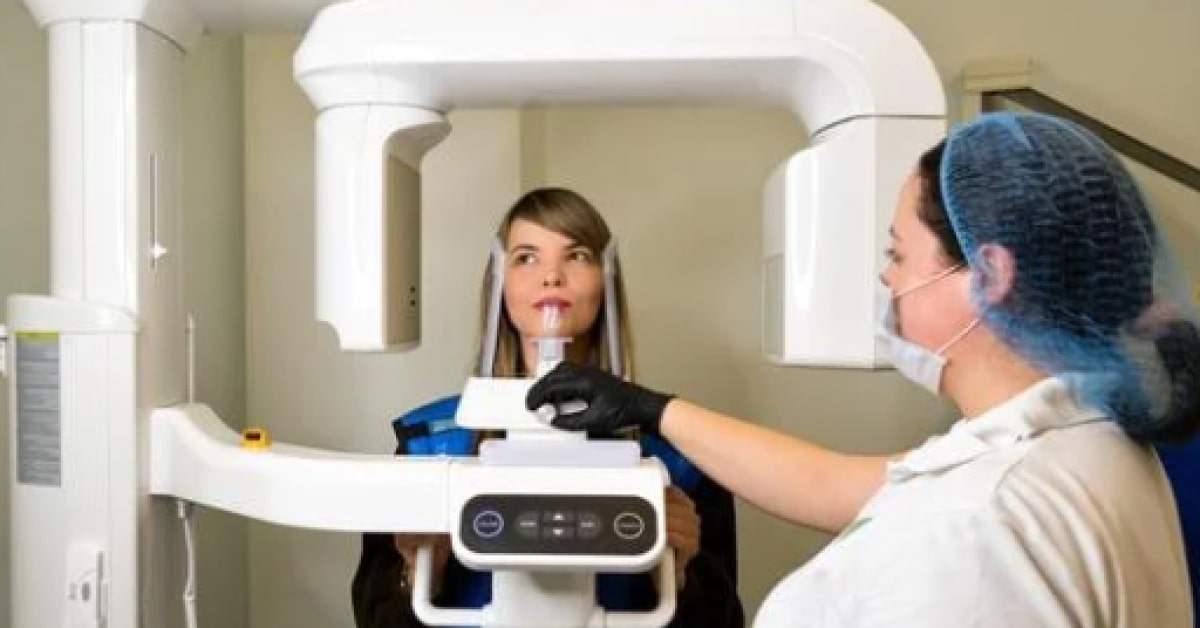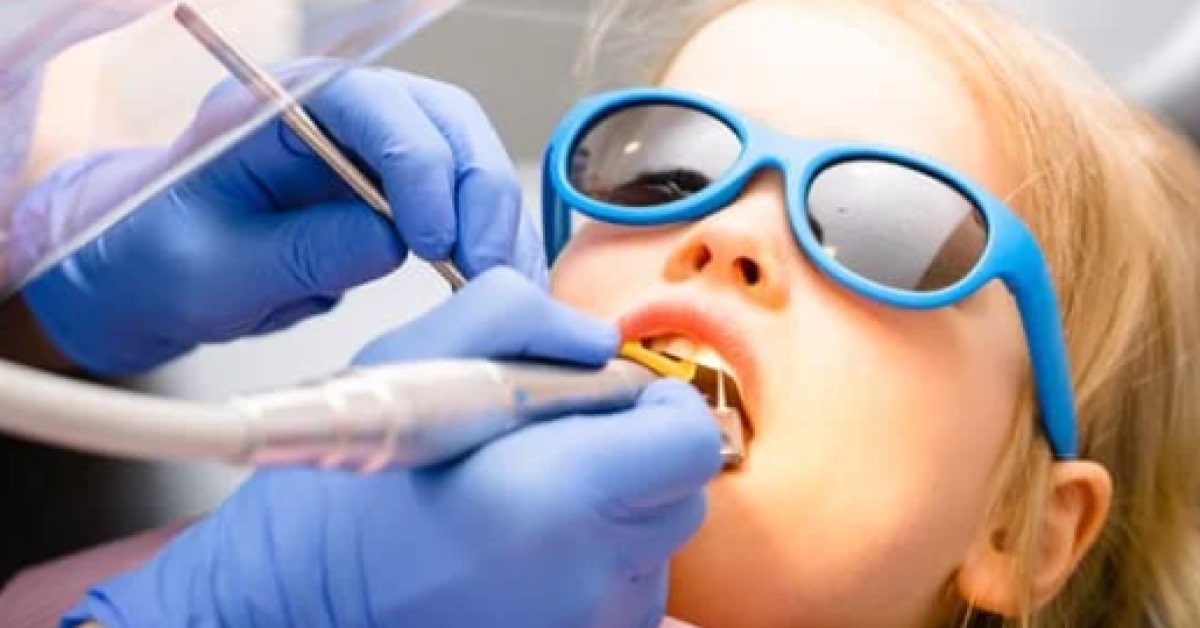Blog
July 07, 2023 • 7 mins readUnleashing the Potential: How Digital Advances are Revolutionizing TMD Appliances
Digital advances in dentistry have revolutionized Temporomandibular Joint Disorder appliances, making them more effective in providing relief to patients.
Author
Danielle Duncan

In this Article
Technology has always played a pivotal role in shaping the medical field, and dentistry is no exception. In recent years, digital advances have made a significant impact on Temporomandibular Joint Disorder (TMD) appliances, revolutionizing the way they are designed and utilized. With cutting-edge innovations, these appliances are now more effective than ever in providing relief to patients suffering from TMD-related issues.
What is TMJ (TMD)?
Temporomandibular joint disorder, commonly known as TMJ or TMD, is a condition that affects the jaw joint and the muscles that control jaw movement. It can cause pain and discomfort in the jaw, face, and neck, as well as difficulty opening and closing the mouth. TMJ can be caused by a variety of factors, including trauma to the jaw, grinding or clenching of the teeth, arthritis, and stress.
The symptoms of TMJ can vary from mild to severe and can include jaw pain, headaches, earaches, clicking or popping sounds when opening or closing the mouth, and difficulty chewing or speaking. If left untreated, TMJ can lead to chronic pain and other complications.
Treatment for TMJ can vary depending on the severity of the condition and the underlying cause. Patients may sometimes struggle to find tmj relief. Devices such as a mandibular advancement device, bite guards, and night guards are often used to help relieve discomfort for TMD patients. Other treatments for TMD may include pain medication, physical therapy, or surgery in severe cases. Lifestyle changes, such as avoiding hard or chewy foods, using relaxation techniques to reduce stress, and practicing good posture,
can also help alleviate symptoms.
The Rise of Digital Dentistry
Digital dentistry has emerged as a game-changer, enabling dentists to offer more precise and customized treatment options. In the context of TMD oral appliances, digital technology allows for accurate diagnosis, streamlined manufacturing, and enhanced treatment outcomes. These custom TMD devices like Ripple help to adjust the treatment to each individual patient.
Precise Diagnosis with Digital Imaging
Gone are the days when dentists relied solely on physical examinations to diagnose TMD. Digital imaging techniques, such as cone beam computed tomography (CBCT) and magnetic resonance imaging (MRI), have revolutionized the diagnostic process. These advanced imaging technologies provide detailed 3D images of the temporomandibular joint, enabling dentists to identify anatomical abnormalities and make accurate diagnoses.
Customized Appliance Design
Thanks to digital advances, TMD appliances can now be custom-designed to fit each patient’s unique needs. Computer-aided design (CAD) software allows dentists to create virtual models of the appliances, considering the patient’s jaw movements and specific requirements. This level of customization ensures a better fit, increased patient comfort, and improved treatment outcomes.
The Benefits of Digital TMD Appliances
With digital advances, TMD appliances have become more than just passive devices. These innovative appliances now offer a range of benefits that were previously unimaginable.
Adjustability and Personalization
TMD appliances created with digital design can be easily adjusted to accommodate changes in the patient’s condition or treatment requirements. Dentists can fine-tune the appliance to fit more appropriately, eliminating the need for more invasive treatments. This level of adjustability and personalization ensures that patients receive the most optimal and comfortable treatment experience.
The Future of TMD Appliance Technology
The digital revolution in TMD appliances shows no signs of slowing down. While technology continues to move forward in the world of dentistry, we can expect even more exciting developments in the field.
Artificial Intelligence (AI) Integration
AI-powered algorithms have the potential to enhance the diagnostic capabilities of TMD appliances. By analyzing vast amounts of patient data, AI can identify patterns, predict treatment outcomes, and even suggest personalized treatment plans. The integration of AI into TMD appliances holds great promise for improving treatment effectiveness and patient satisfaction.
Virtual Reality (VR) Training
Virtual reality technology can offer dentists a unique opportunity to train and enhance their skills in treating TMD. VR simulations can provide a realistic and immersive environment where dentists can practice various treatment techniques, improving their expertise and ensuring better patient care.
The digital revolution has unleashed the potential of TMD appliances, transforming the way they are designed, utilized, and personalized. With precise diagnosis, real-time monitoring, and ongoing advancements, digital TMD appliances are revolutionizing the field of dentistry. As technology continues to evolve, we can look forward to even more innovative solutions that will further improve patient outcomes in the future.



